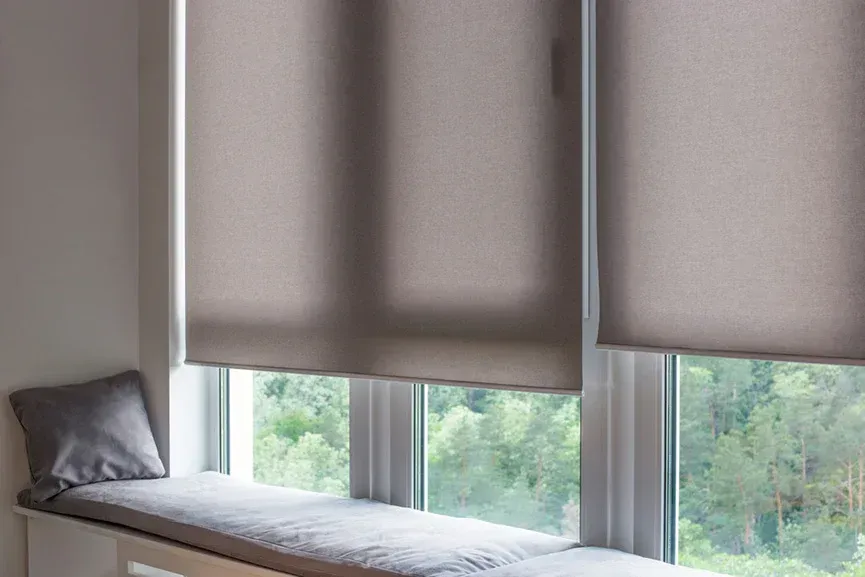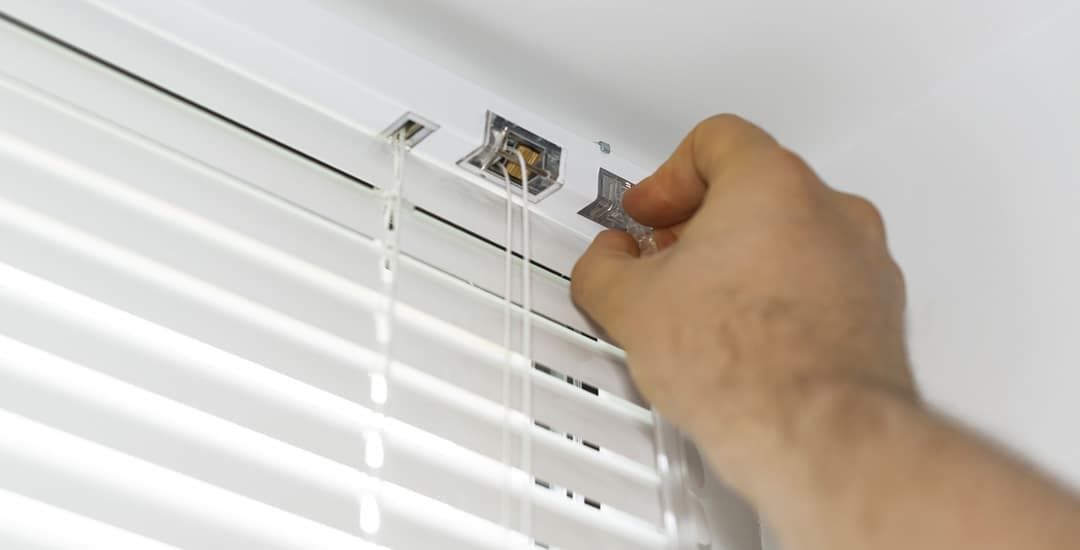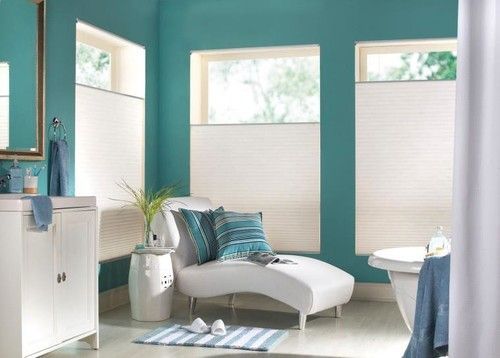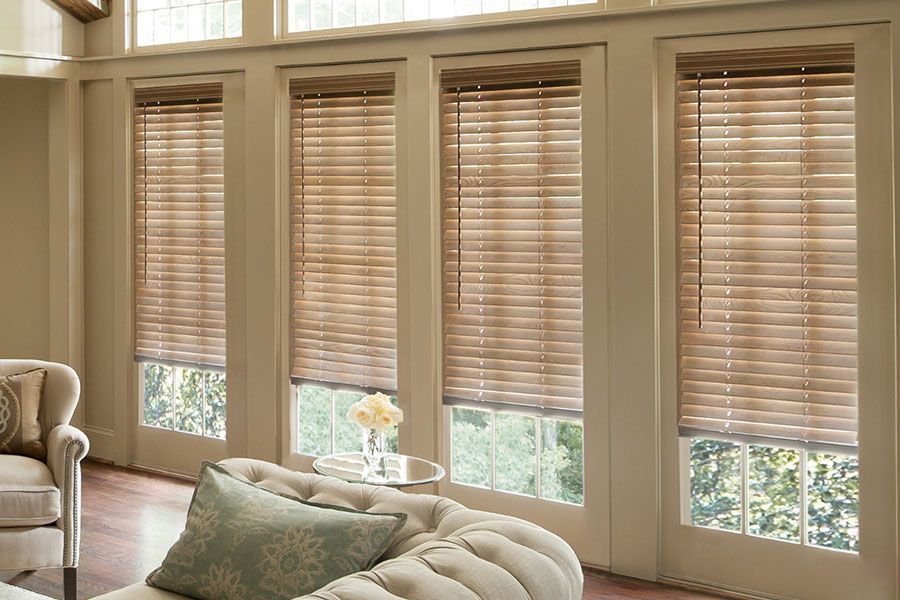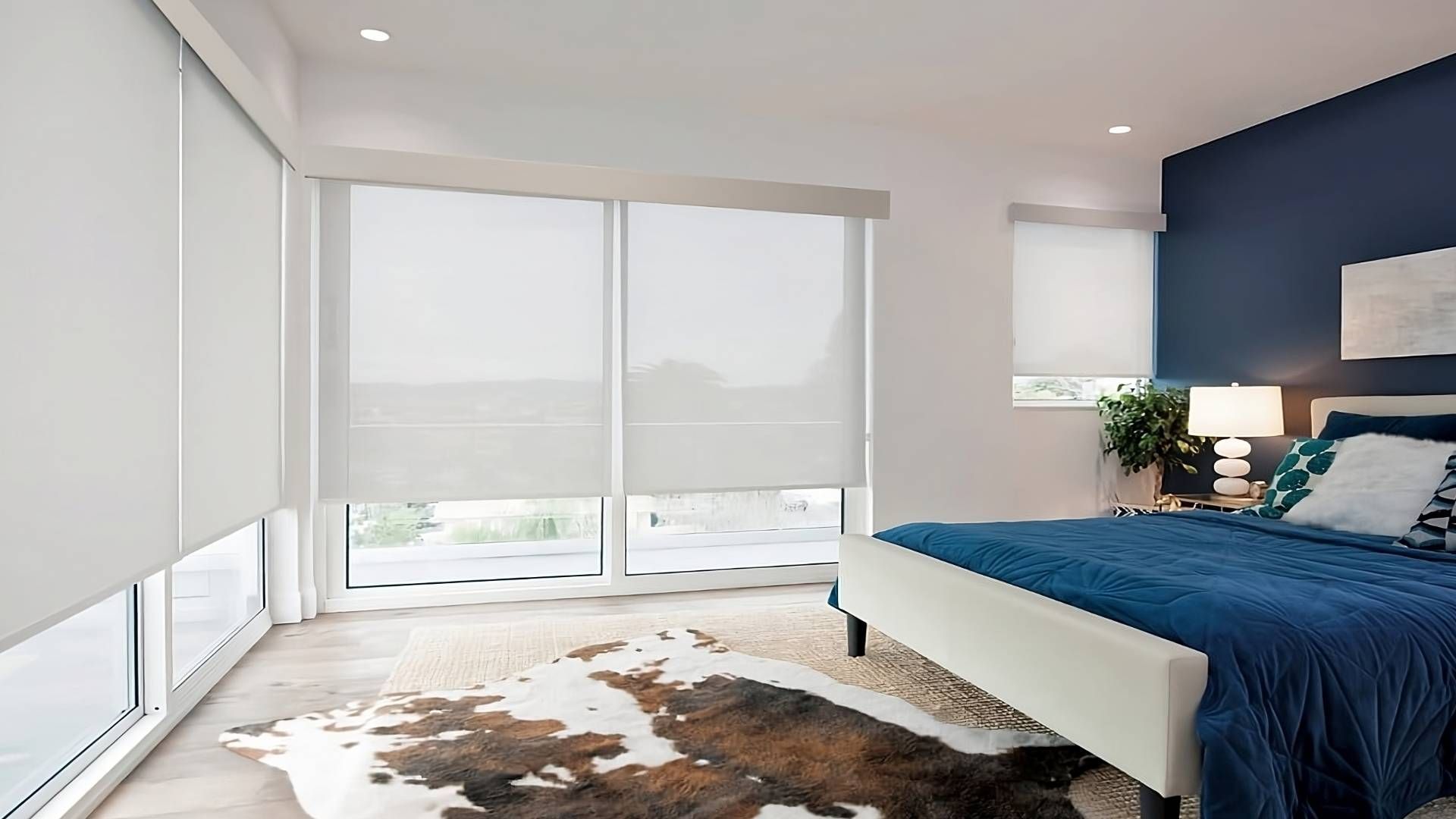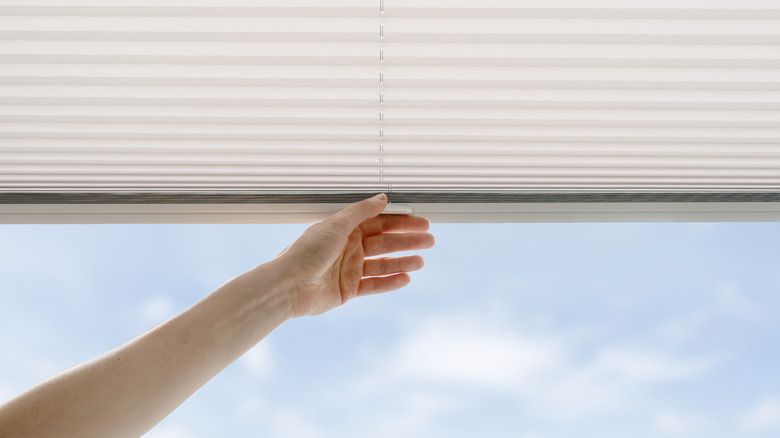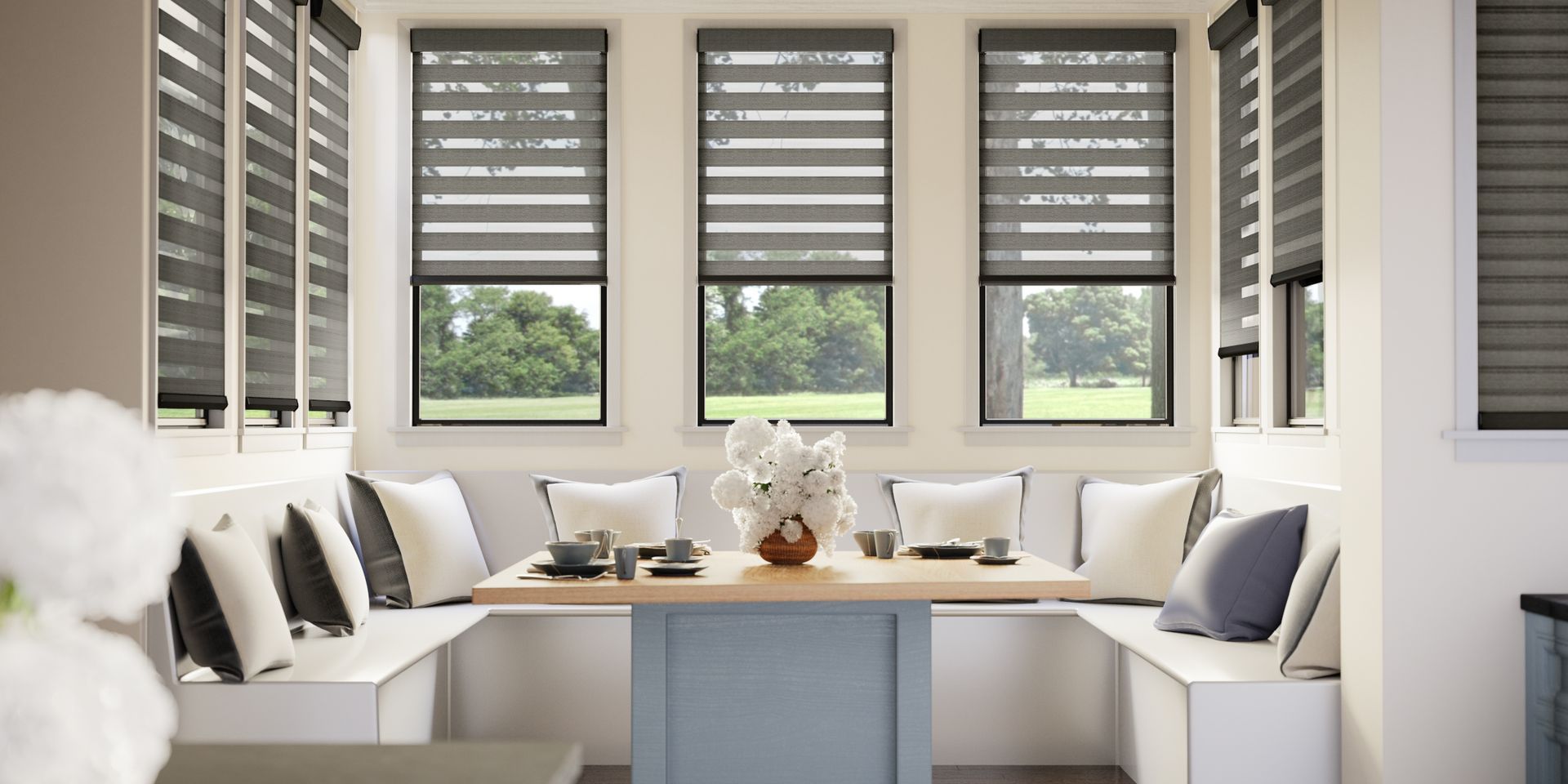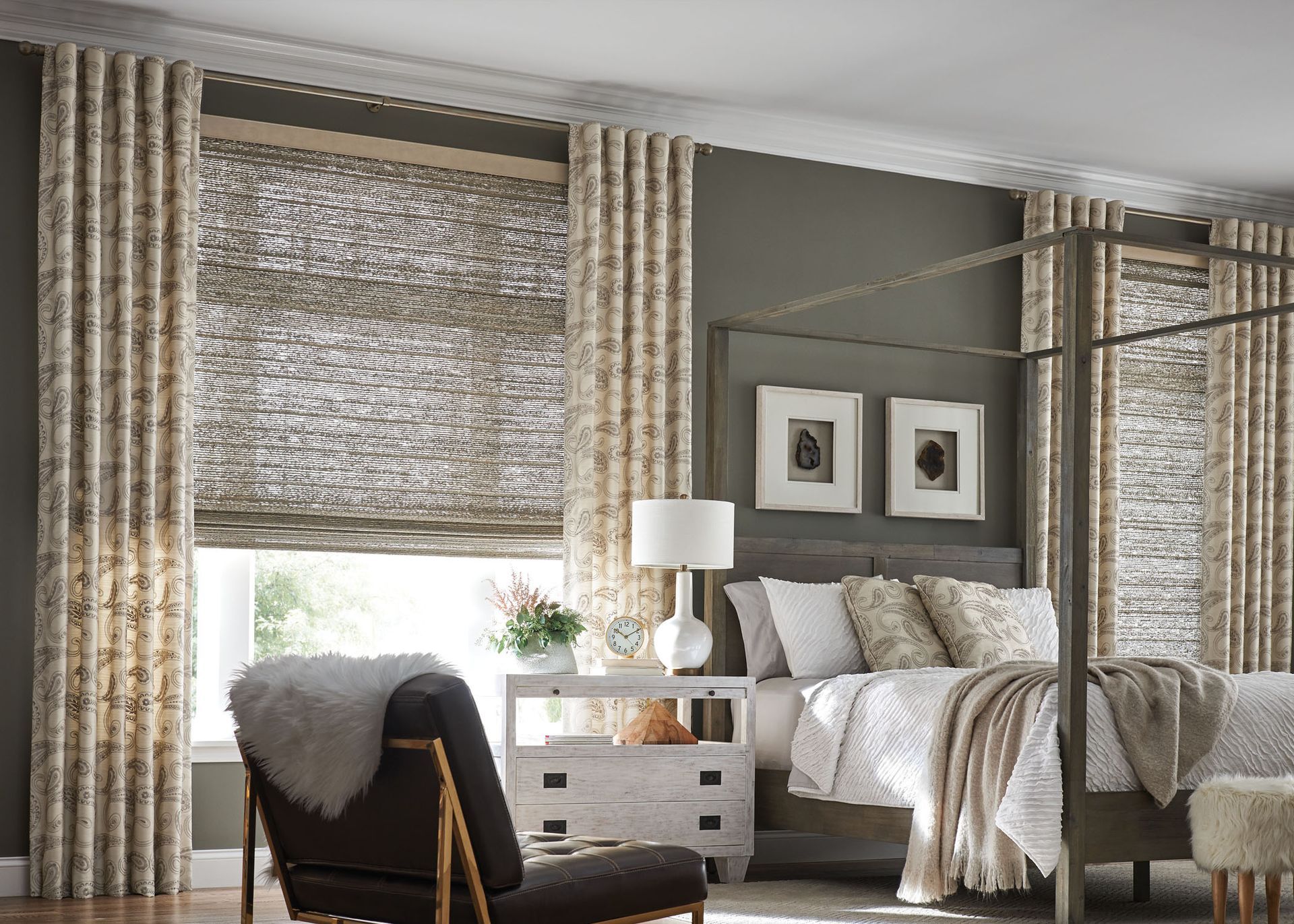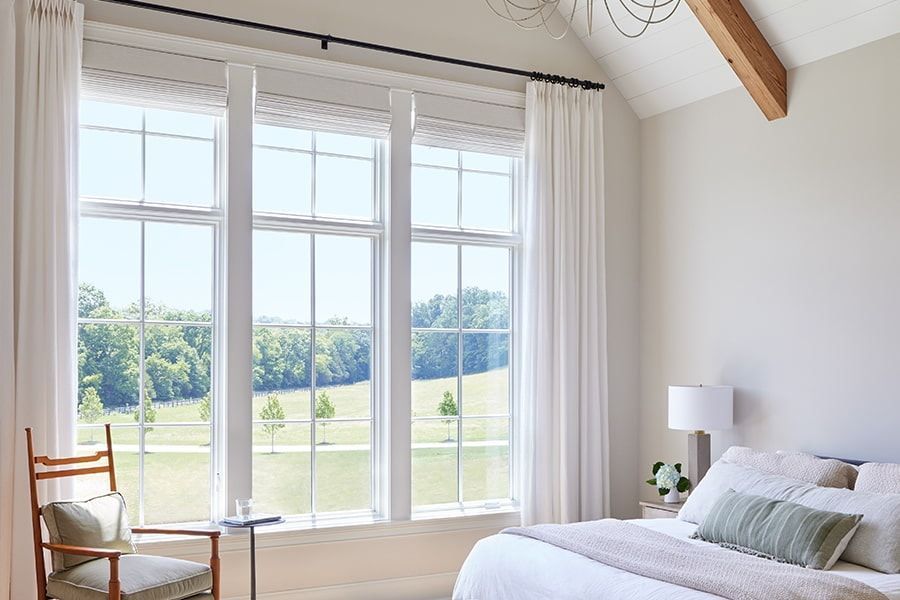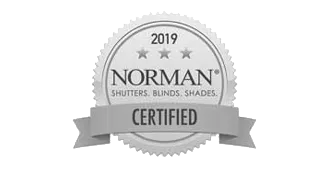LOVE IS BLINDS
How to Pick Window Treatments That Won’t Fade in Direct Sunlight
TLDR;
To prevent fading in direct sunlight, choose
window treatments made from UV-resistant materials such as solution-dyed acrylic, polyester, solar shades, or cellular shades. Pair them with UV-blocking linings, window films, or light colors to extend their life while protecting your interiors.
Why Direct Sunlight Causes Fading
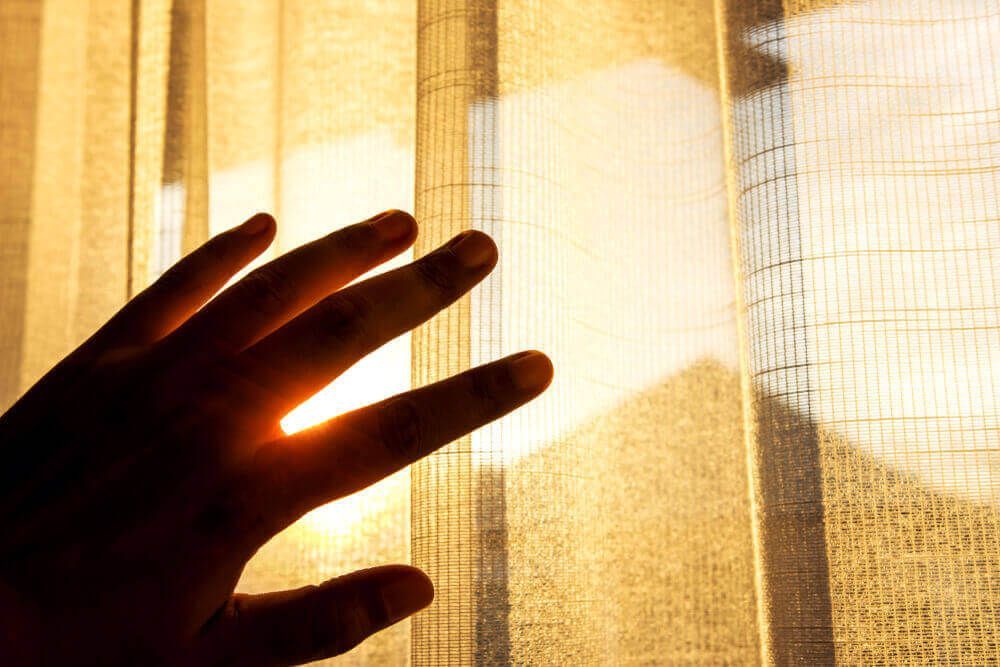
Fading happens when UV rays break down the dyes and fibers in fabrics. In Missouri, long summer days and south-facing windows mean stronger UV exposure. Heat can speed up this damage, especially on darker fabrics. Over time, sunlight weakens materials and changes their color.
Key factors behind fading:
- UV rays breaking chemical bonds in dyes
- Heat weakening fibers
- High light exposure from south or west-facing windows
- Dark or bright colors absorbing more light and fading faster
Best Materials for Fade-Resistant Window Treatments
Choosing the right material is the most effective way to reduce fading.
Solution-Dyed Acrylic
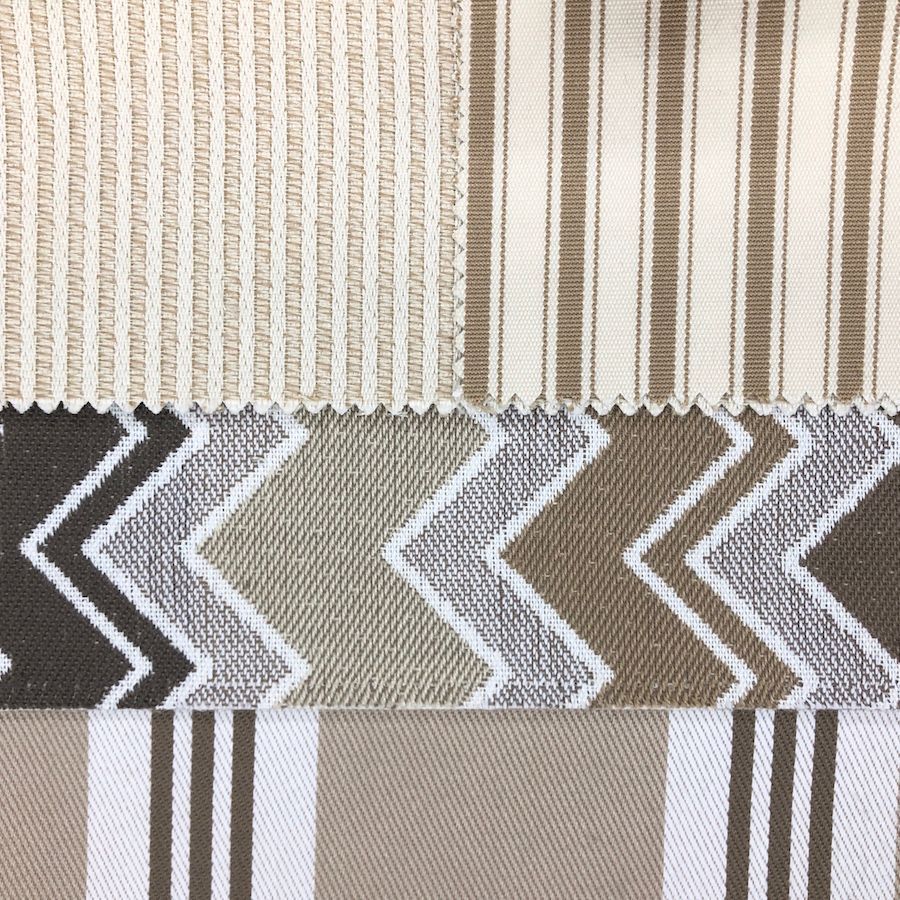
- Color added during fiber production, not after weaving
- High resistance to UV damage
- Common in outdoor and performance fabrics
- Retains color for years even in strong sun
Polyester
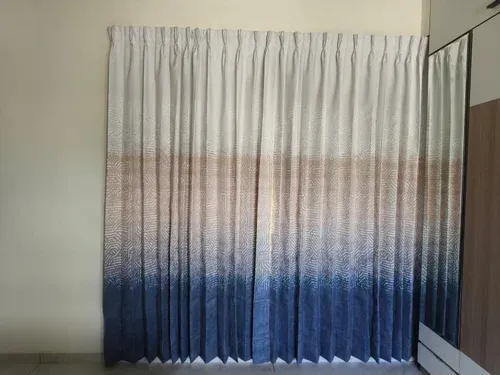
- Naturally more fade-resistant than cotton or silk
- Durable and low-maintenance
- Works well for shades, drapes, and roller blinds
Solar Shades
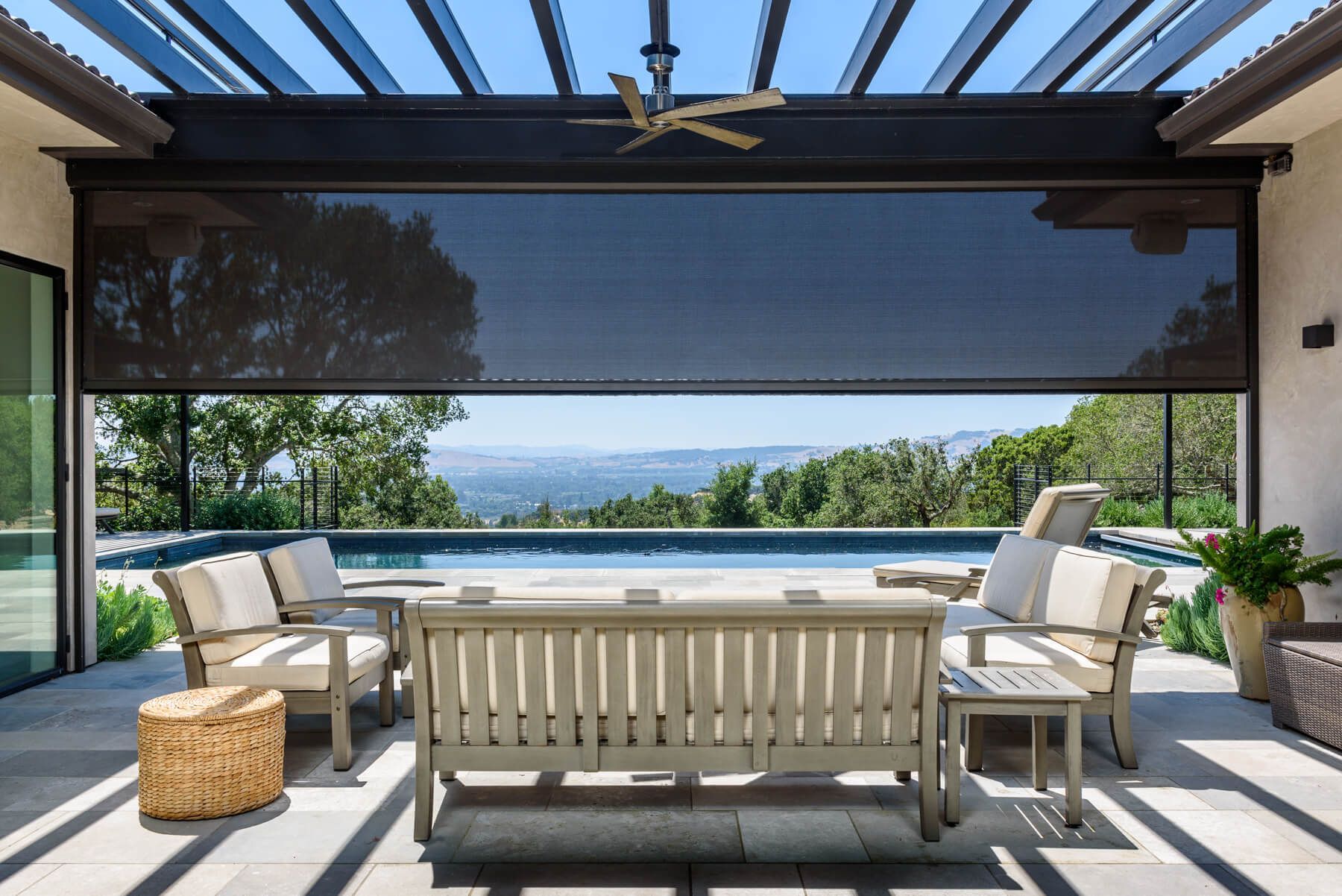
- Woven to block UV rays while allowing light in
- Openness factor determines light and UV filtration
- Reduces glare and protects interiors without darkening rooms
Cellular Shades
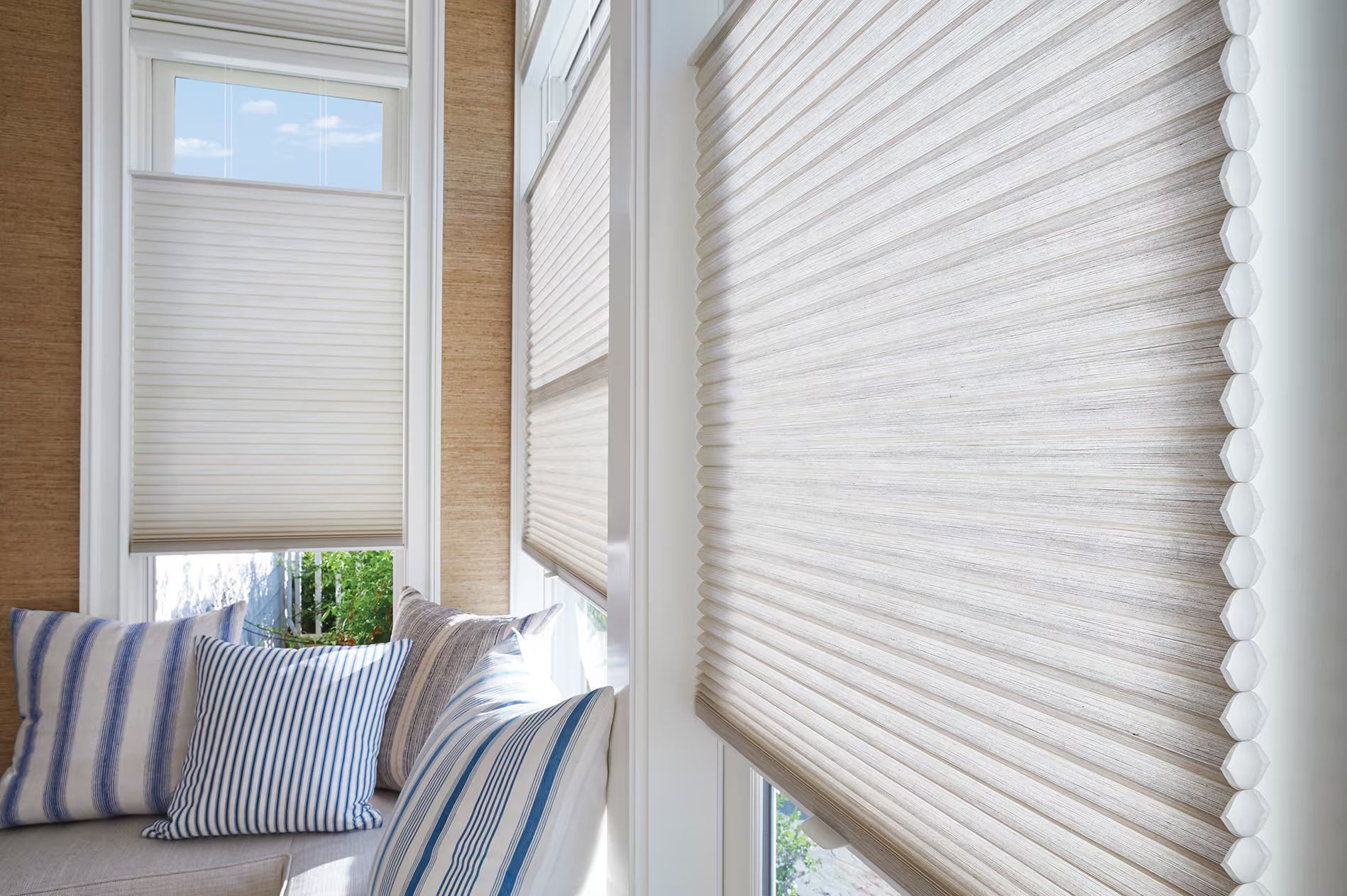
- Honeycomb structure traps air for insulation
- Blocks significant UV radiation
- Adds energy efficiency along with fade protection
UV-Resistant Linings
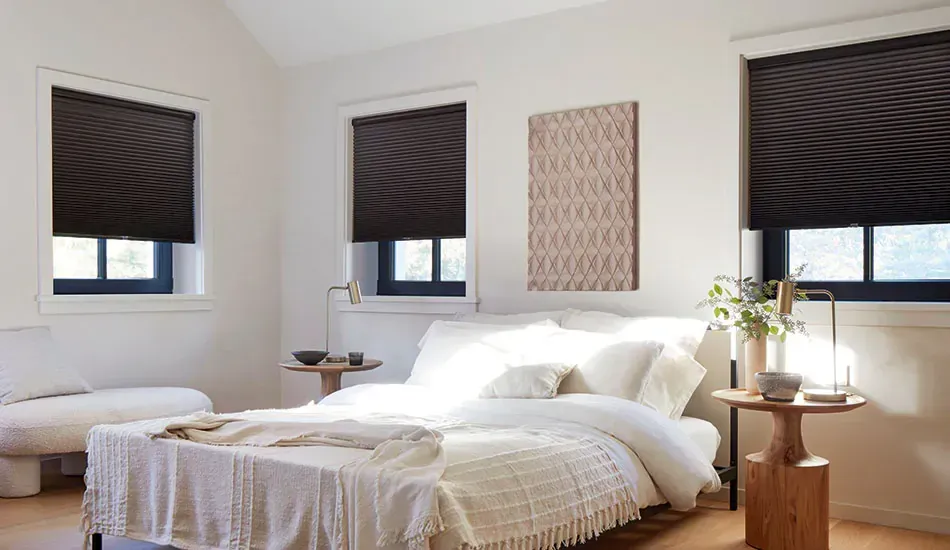
- Can be added to curtains or drapes
- Protects front-facing fabric from sun damage
- Available in blackout or light-filtering versions
Color Choices That Last Longer
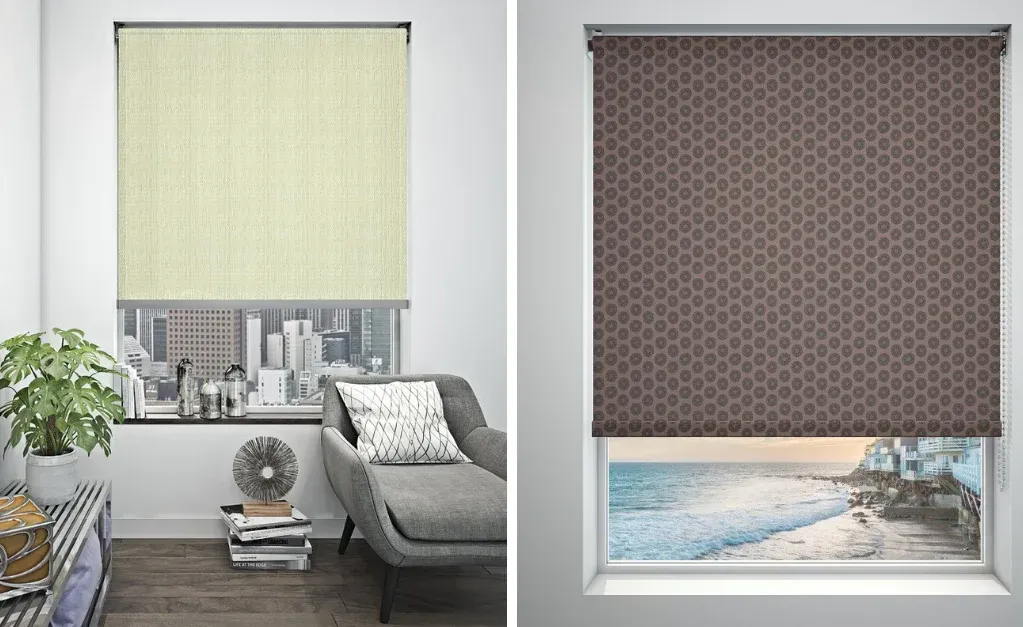
Color impacts how quickly window treatments fade.
- Light and neutral colors reflect more light and resist visible fading
- Dark and bright colors absorb more UV and fade faster
- Neutral fabrics blend fading better over time
If you're also concerned about maintaining privacy while letting light in, some of the best shades for privacy without darkness, like solar or cellular shades, come in lighter tones that resist fading and protect your interiors without sacrificing natural daylight.
Protective Strategies Beyond Material Choice
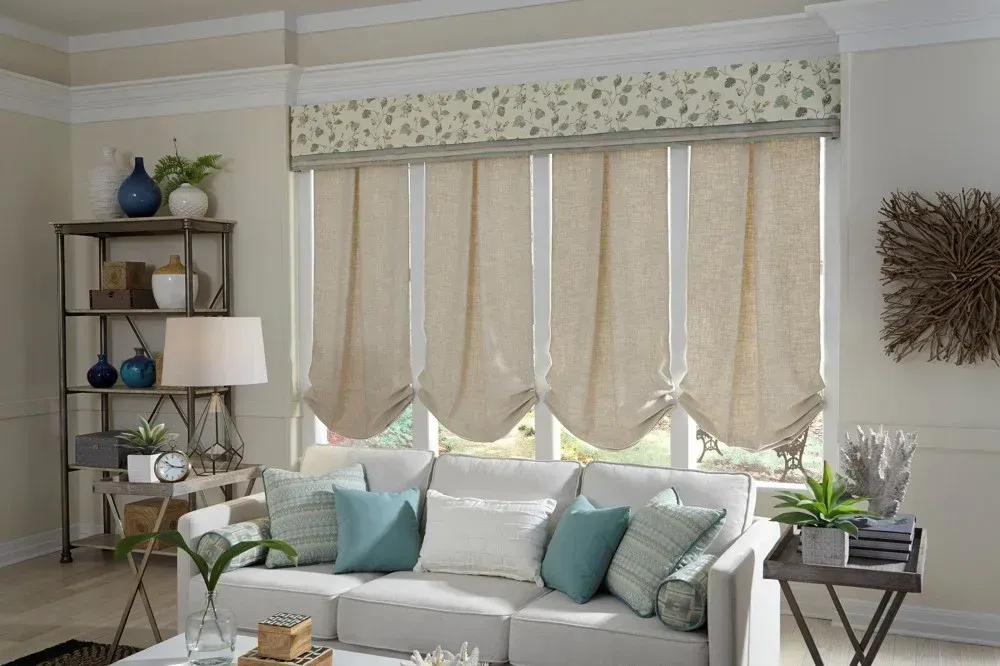
Layering and Lining
- Use sheer
shades or
blinds under heavier curtains
- Add removable liners for seasonal protection
- Layering reduces direct sun contact on the main fabric
Window Films and Tints
- Applied directly to glass to block UV before it hits the fabric
- Can block up to 99% of harmful rays
- Also protects furniture, flooring, and artwork
Rotation and Movement
- Swap or rotate curtains seasonally
- Reverse panels if the back is identical to the front
- Rotate blinds or shades with multiple sets in different rooms
Closing During Peak Sun Hours
- Keep treatments closed between 10 a.m. and 4 p.m. during high UV days
- Protects fabric from the strongest daily exposure
Cleaning and Maintenance
- Dust can attract and trap UV heat, speeding up fading
- Clean with gentle products that do not strip UV coatings
- Follow manufacturer care guidelines
Energy Efficiency Benefits of Fade-Resistant Treatments
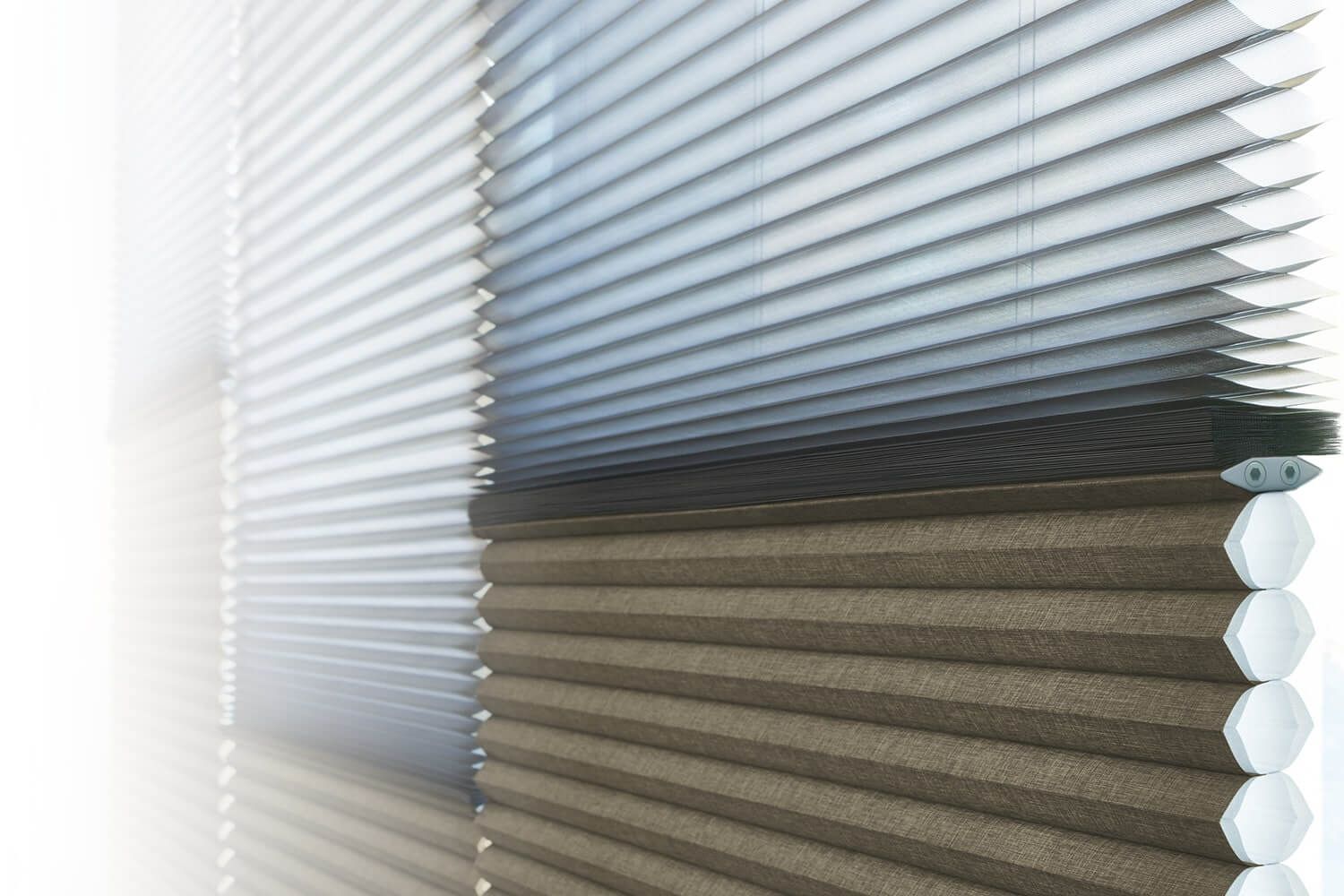
- Reducing sunlight lowers cooling needs
- Cellular shades and lined drapes help insulate
- UV protection extends the life of both window treatments and interior furnishings
Missouri-Specific Sunlight Considerations
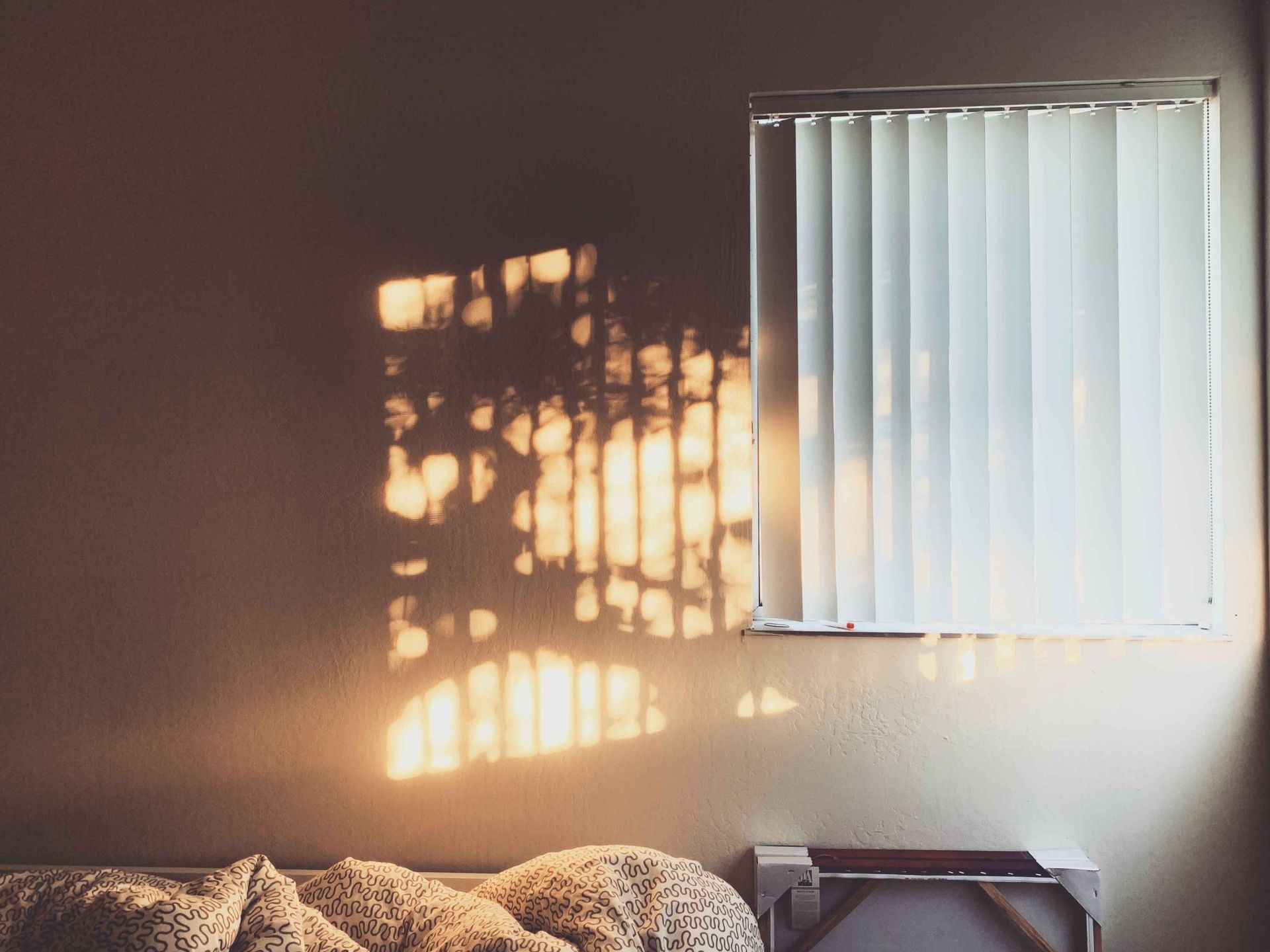
- Longer daylight hours in summer require extra protection
- South and west-facing windows get the most intense UV
- Missouri’s humidity combined with heat can accelerate wear on fabrics
- Seasonal adjustments can help, such as heavier protection in summer and lighter in winter
How to Choose Based on Your Needs
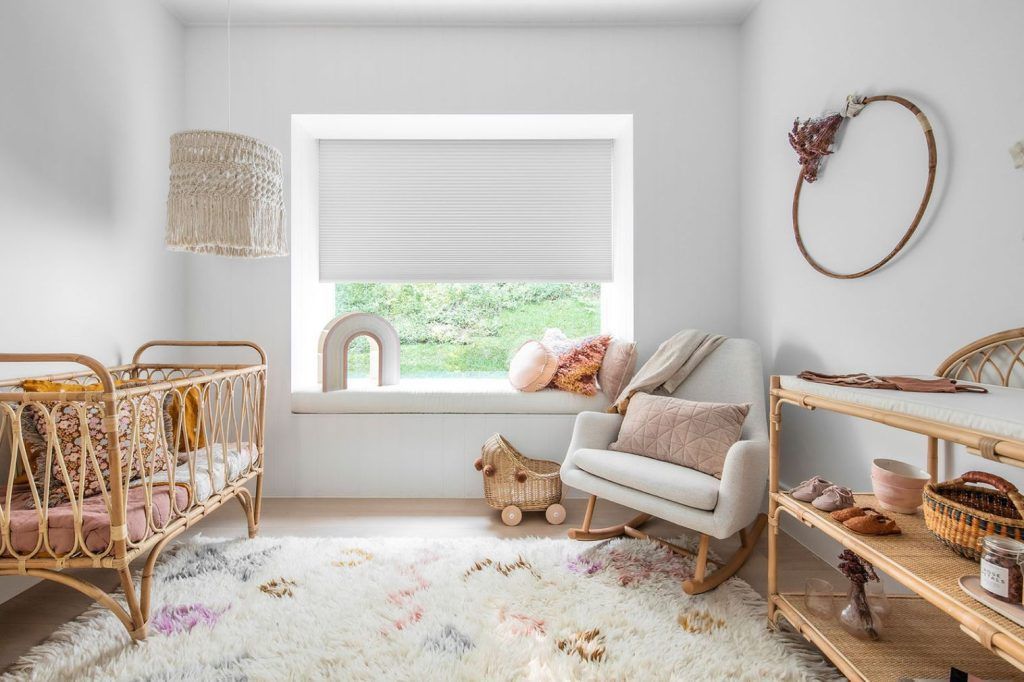
When selecting fade-resistant window treatments, decide based on these factors:
- Desired light level: blackout, light-filtering, or sheer
- Room function: living areas, bedrooms, or offices may need different levels of protection
- Maintenance: easy-clean fabrics extend product life
- Budget: balance initial cost with long-term durability
Example combinations:
- Living room with a view: solar shades with light openness for UV protection and visibility
- Bedroom: blackout cellular shades with a UV lining
- Sunroom: solution-dyed acrylic curtains with sheer solar shades underneath
Shop Love Is Blinds Expert Tips for Fade-Resistant Selections
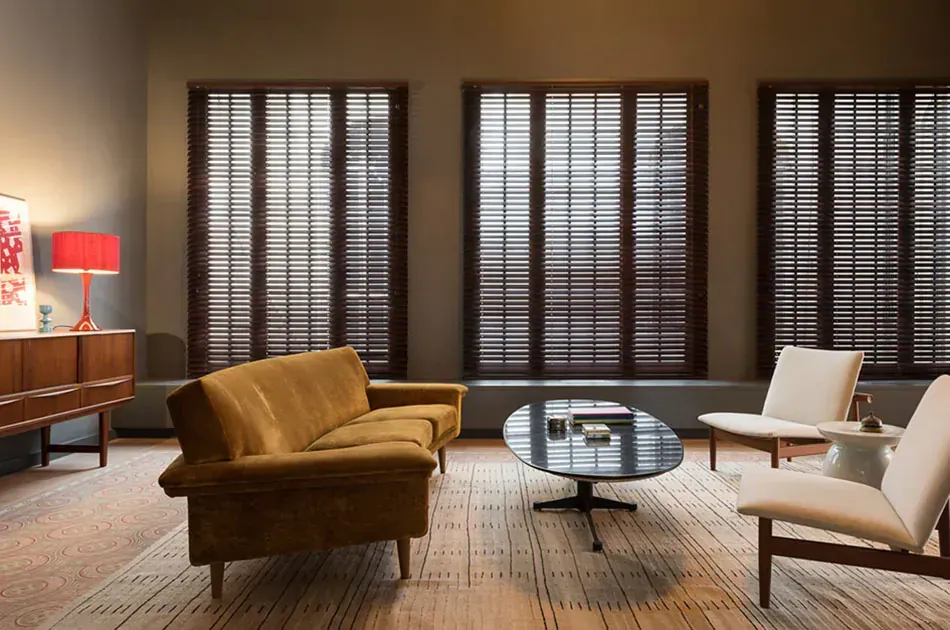
At Shop Love Is Blinds, we recommend:
- Always ask about UV resistance when buying fabric
- Combine physical barriers like liners with UV window film for maximum lifespan
- Choose lighter tones in rooms with full sun
- Schedule a professional measurement and installation to ensure proper coverage
Frequently Asked Questions
How long before window treatments fade?
With regular exposure, untreated fabrics can fade noticeably in 2–5 years. UV-protected fabrics can last much longer, often over a decade.
Are darker fabrics always a bad choice?
They are more prone to visible fading. If you prefer dark tones, use heavy linings or UV window film.
Will blinds protect as well as shades or curtains?
Blinds block direct sunlight but allow light leakage between slats. Pairing them with liners or films improves protection.
Is UV protection worth the cost?
Yes. It extends the lifespan of window treatments and preserves interior finishes, reducing replacement and repair costs over time.
Long-Term Benefits of Choosing the Right Fade-Resistant Treatments
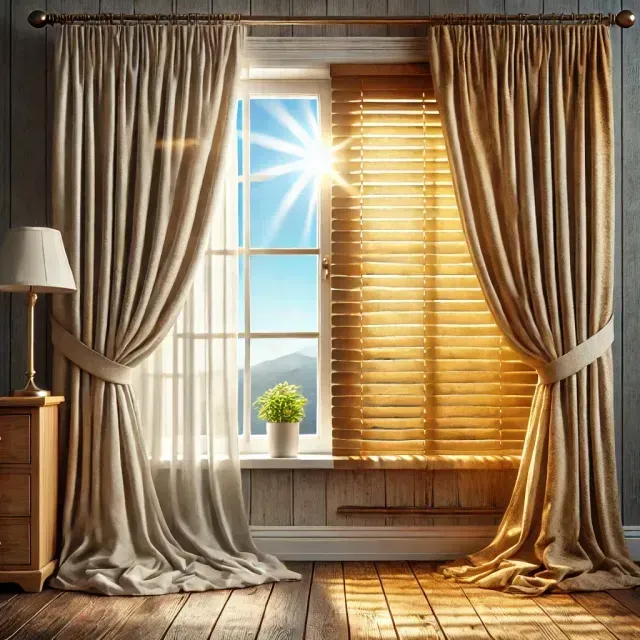
- Saves money by reducing replacement frequency
- Maintains consistent home aesthetics over years
- Protects furniture, flooring, and artwork from fading
- Improves indoor comfort by controlling heat gain
Need to setup a Repair Appointment?


